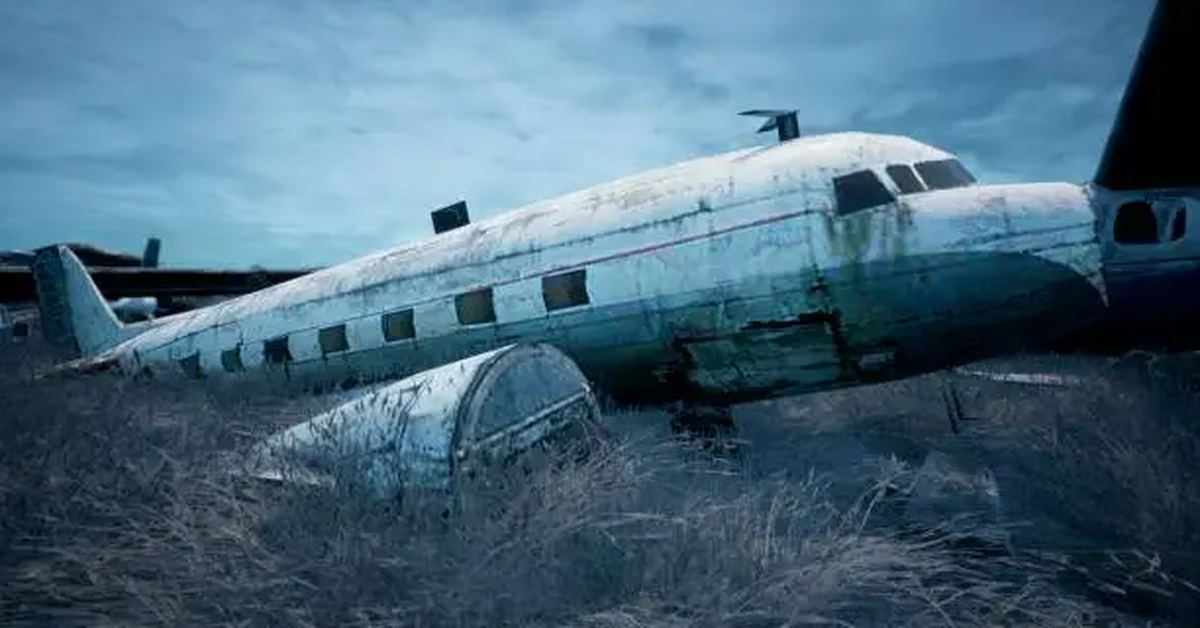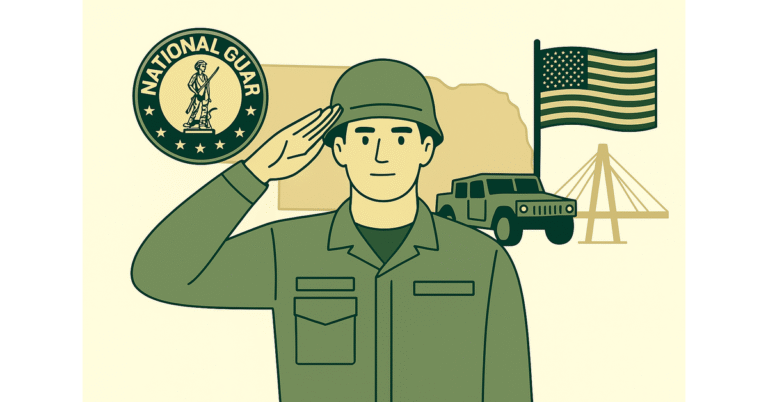
Air travel is one of the greatest achievements of modern engineering and human innovation. It connects people across continents, allows for rapid transportation of goods, and supports the global economy in ways no other mode of transport can match. Yet, despite being statistically one of the safest ways to travel, the word “airplane crash” still strikes fear in many. Airplane crashes, though rare, are devastating when they occur. They combine technological failure, human vulnerability, and the sheer force of physics into catastrophic events that leave lasting impacts on victims, families, industries, and even global regulations.
In this article, we will explore airplane crashes in depth, examining their causes, historical significance, investigation processes, safety improvements, psychological effects, and how aviation has evolved to make flying safer than ever.
Understanding What an Airplane Crash Means
An airplane crash refers to any event in which an aircraft suffers severe damage, typically leading to the loss of life, injuries, or the destruction of the airplane. Crashes can occur during different phases of flight—takeoff, cruising, landing, or even on the ground due to mechanical or operational errors.
It is important to note that while accidents are frightening, they are exceedingly rare compared to the millions of safe flights occurring every year. Aviation safety has advanced to such an extent that many crashes now serve as case studies for preventing future incidents rather than recurring trends.
Major Causes of Airplane Crashes
Airplane crashes rarely result from a single cause. Most involve a chain of events—technical issues, environmental conditions, and human decisions that converge at the wrong moment.
Primary Causes
| Cause | Description | Approximate Contribution |
|---|---|---|
| Pilot Error | Mistakes in judgment, miscommunication, or incorrect maneuvers. | 40–50% |
| Mechanical Failure | Malfunctions in engines, hydraulics, or structural components. | 20–25% |
| Weather Conditions | Storms, turbulence, fog, icing, or lightning causing difficulty. | 10–15% |
| Human Factors (Crew) | Fatigue, distraction, poor teamwork, or stress affecting performance. | 10–15% |
| Sabotage or Terrorism | Deliberate actions such as hijacking, bombing, or external attack. | 5–10% |
| Air Traffic Control | Miscommunication or failure in guiding aircraft safely. | 5% |
Contributing Elements
- Runway Incursions: Collisions during takeoff or landing due to miscommunication.
- Bird Strikes: Birds colliding with engines or windshields, especially near airports.
- Fuel Problems: Contamination, leaks, or mismanagement leading to engine failure.
Crashes often involve multiple factors, which is why aviation safety experts study them so carefully to learn lessons.
Historical Overview of Airplane Crashes
Airplane crashes have been part of aviation history since its earliest days. While tragic, each event has led to improvements in design, procedures, and safety standards.
Notable Historical Crashes
| Year | Incident | Key Lesson Learned |
|---|---|---|
| 1931 | TWA Flight 599 | Sparked research into wing integrity and airframe safety. |
| 1956 | Grand Canyon Collision (United vs. TWA) | Led to modernization of air traffic control systems. |
| 1977 | Tenerife Airport Disaster | Improved crew communication (CRM) became mandatory. |
| 1985 | Japan Airlines Flight 123 | Highlighted the importance of maintenance inspections. |
| 2001 | September 11 Attacks | Strengthened security protocols and cockpit barriers. |
| 2009 | Air France Flight 447 | Led to new pilot training for high-altitude stalls. |
Every crash changed aviation, often at the cost of lives but ultimately saving many more in the future.
How Airplane Crashes Are Investigated
When an airplane crash occurs, a structured and detailed investigation follows. These investigations are carried out by national aviation safety boards, such as the NTSB (U.S.), BEA (France), or AAIB (UK), often with cooperation from international agencies.
Investigation Process
- Immediate Response
- Rescue teams secure survivors and recover remains.
- Authorities establish a perimeter to protect evidence.
- Evidence Collection
- Recovery of the black boxes (Flight Data Recorder and Cockpit Voice Recorder).
- Examination of wreckage, engines, and control systems.
- Interviews and Reports
- Gathering testimony from survivors, air traffic controllers, and maintenance crews.
- Data Analysis
- Reviewing flight data, maintenance history, weather reports, and pilot records.
- Final Report
- Determining the probable cause.
- Issuing safety recommendations to prevent recurrence.
These investigations can take months or even years but are crucial for improving global aviation safety.
Advances in Aviation Safety After Crashes
Every airplane crash, while tragic, serves as a lesson that drives progress.
Key Safety Innovations
| Problem Identified | Solution Implemented |
|---|---|
| Poor cockpit communication | Crew Resource Management (CRM) training for pilots worldwide. |
| Mid-air collisions | Traffic Collision Avoidance System (TCAS) technology installed. |
| Inadequate runway safety | Advanced runway lighting and communication protocols. |
| Hijackings and terrorism | Reinforced cockpit doors, stricter passenger screening, and TSA protocols. |
| Maintenance lapses | Stricter inspection routines and international maintenance standards. |
| Weather-related accidents | Advanced radar, weather detection, and pilot simulator training. |
Because of these measures, flying today is safer than at any other time in history.
Psychological and Human Impact
Airplane crashes do not only affect passengers; they leave lasting marks on families, rescuers, and society.
- Survivors often deal with trauma, survivor’s guilt, and physical injuries.
- Families of victims endure long grief processes, sometimes aggravated by lengthy investigations.
- Rescue workers are exposed to emotionally difficult recovery scenes.
- Public Perception: Even though rare, crashes create fear and anxiety around flying, amplified by media coverage.
Counseling, support groups, and compensation programs play a crucial role in helping communities heal after such tragedies.
Myths and Misconceptions About Airplane Crashes
Despite modern safety, myths continue to surround airplane crashes.
| Myth | Reality |
|---|---|
| Planes “fall out of the sky” | Airplanes are designed with redundancy; complete engine failure is rare. |
| Crashes are frequent | Statistically, air travel is far safer than car travel. |
| Most crashes are unsurvivable | Many accidents actually have survivors due to safety measures. |
| Turbulence can cause crashes | Turbulence is uncomfortable but rarely dangerous to modern aircraft. |
| Pilots have little training for crises | Pilots undergo extensive simulator training for emergencies. |
Reducing Risks: Passenger Role in Safety
While passengers can’t control everything, they can follow guidelines to increase safety:
- Pay attention to safety briefings.
- Keep seatbelt fastened when seated.
- Know the nearest exit row.
- Avoid carrying restricted or hazardous items.
- Follow crew instructions at all times.
Future of Air Safety
The aviation industry is moving toward next-generation safety technologies:
- AI Monitoring: Predicting technical failures before they occur.
- Improved Black Boxes: Streaming flight data in real time.
- Automation: Increasing reliance on autopilot while keeping pilot oversight.
- Sustainable Aviation Fuels: Reducing risks of fuel-related issues.
- Better Training: More realistic simulators, including VR environments.
These advances ensure that air travel will continue to become even safer.
Conclusion
An airplane crash is one of the most devastating tragedies imaginable, combining loss of life with widespread psychological, cultural, and economic consequences. Yet, from each crash comes knowledge, resilience, and innovations that make flying today extraordinarily safe.
Airplane crashes remind us not of aviation’s weakness but of its constant pursuit of improvement. The very reason modern passengers can board flights with confidence is that the aviation community has learned from the past, adapting and evolving with every hard-earned lesson.
Flying is, and will remain, one of the safest and most vital ways for humans to connect across the world.
FAQs
1. How common are airplane crashes?
Extremely rare. Millions of flights occur safely each year, with accidents accounting for less than 0.00001% of flights.
2. What is the leading cause of airplane crashes?
Pilot error remains the most significant factor, though it usually combines with weather, mechanical issues, or miscommunication.
3. Can passengers survive airplane crashes?
Yes. Many accidents have survivors, especially when safety measures and quick evacuations are followed.
4. How are airplane crashes investigated?
By aviation authorities analyzing black boxes, wreckage, weather, and pilot data to determine causes and recommend safety improvements.
5. Is flying safer today than before?
Absolutely. Thanks to advanced technology, strict regulations, and global safety standards, flying is safer than ever in history.






